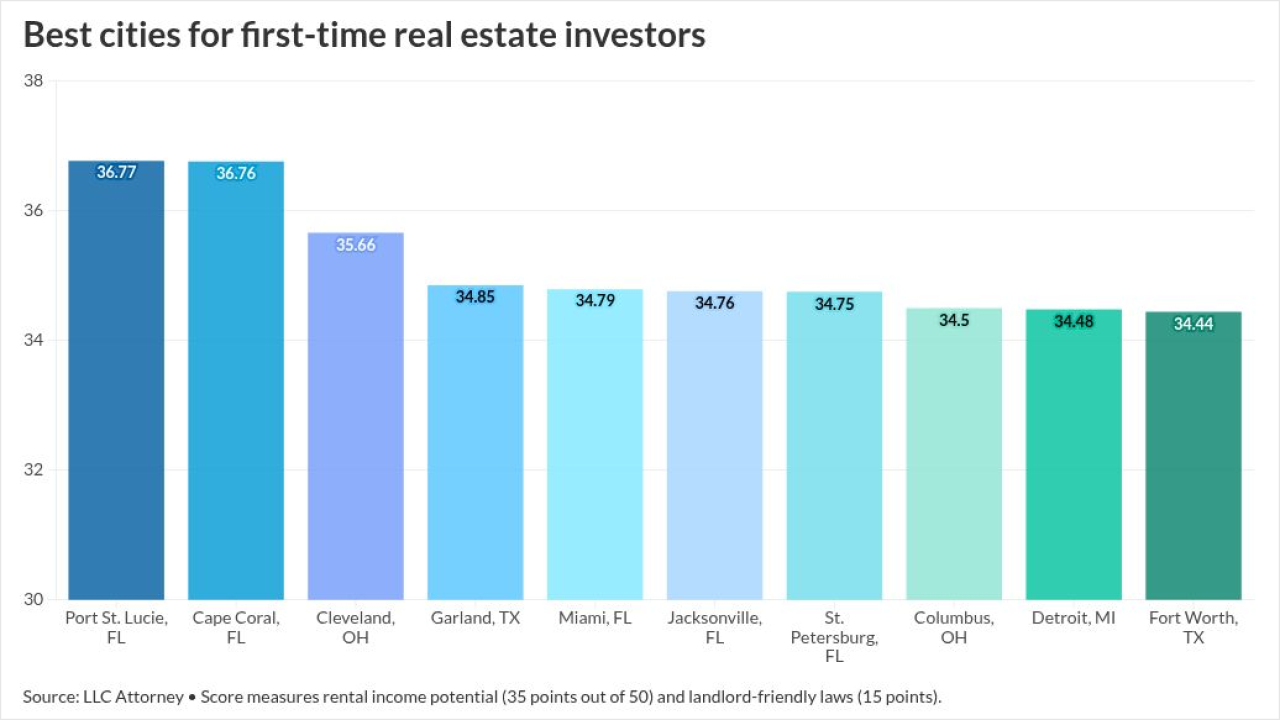The temporary guidance around credit reporting in the pandemic era is proving tricky to navigate in the transition back to more normal distressed-servicing operations.
As large groups of borrowers leave forbearance, servicers have to determine when and how to get back to recording delinquencies more routinely again.
That’s easier said than done, especially given the compliance sensitivities with regulators like the Consumer Financial Protection Bureau.
Consumer complaint numbers the bureau ranks by category show “credit reporting is one of the highest,” Marissa Yaker, managing attorney, regulatory affairs, at the Padgett Law Group, noted during a discussion at the Mortgage Bankers Association’s servicing conference last month.
The number rose notably last fall, at the same time that payment suspensions began to expire in earnest, CFPB records show. Complaints about credit reporting rose from just under 24,000 to 37,114 between October and January, before falling slightly to 36,640 in the past month.
While the CFPB has focused primarily on difficulties
The number of mortgage complaints, while lower than those involving credit reports, followed a similar upward trajectory after October. Complaints about home loans rose from 1,868 in November to 2,213 before stabilizing. Servicers also should note that while debt collection complaints initially fell last fall, they rose more recently, increasing to 5,418 from 4,947 between December and February.
Given the scrutiny that CARES Act-related credit reporting is likely to receive, housing finance companies may want to be particularly careful when it comes to the following six areas.


